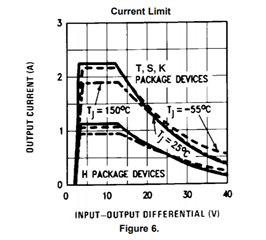During testing we had a short on output of regulator. Input was supplied by a 1A current limited supply that would go to 15V if current did not limit. In this case it would have come up to 2.6V @1A (for ~100mSec before shutting off) based on Pspice simulation of device. That is 2.6W versus the absolute max rating given of 2W. So it would be considered stressed by those numbers and even more so if include program deratings. But datasheet also says the device is short protected. Is shorting the output with 1A input current limit damaging?
Thanks,
Mike


